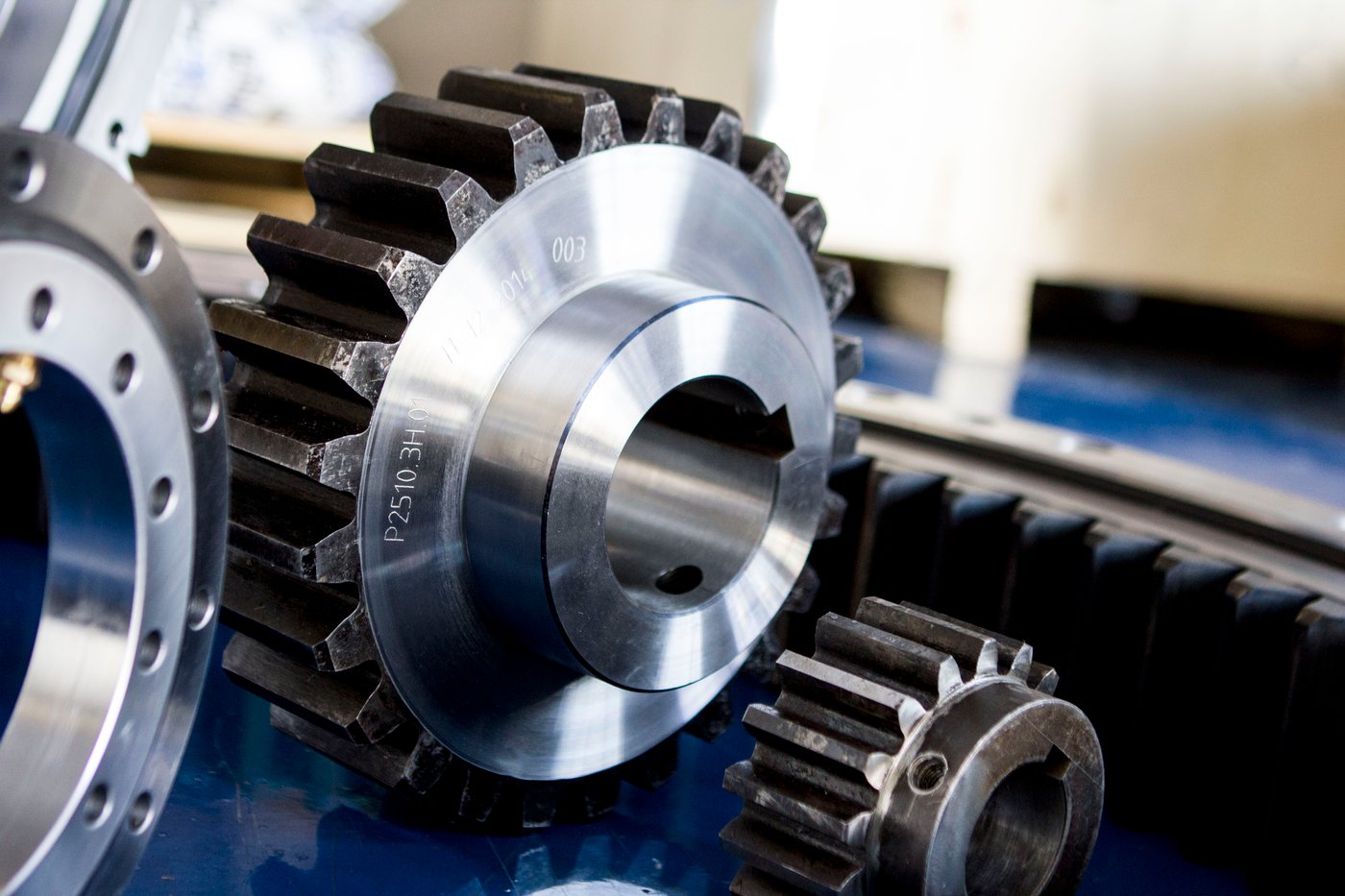The performance, reliability, and cost-effectiveness of slewing drive systems depend heavily on proper mounting configuration—yet mounting design often receives insufficient attention during equipment development. Engineers focusing primarily on load capacity, gear ratios, and drive specifications may overlook how mounting configuration fundamentally affects system performance, installation complexity, maintenance accessibility, and long-term reliability.
Slewing drives utilize three primary mounting configurations: face mount, flange mount, and shaft mount. Each approach offers distinct advantages and limitations that make it optimal for specific application scenarios while problematic for others. Selecting the wrong mounting configuration can compromise system performance, increase manufacturing costs, complicate installation procedures, or create maintenance challenges that persist throughout equipment life.
The mounting decision intersects with numerous other design considerations. How loads transfer from equipment structures through the mounting interface into the slewing drive affects bearing life and structural requirements. The physical envelope available for the drive installation constrains which mounting options are feasible. Manufacturing capabilities and assembly procedures influence which configurations can be implemented cost-effectively. Maintenance accessibility throughout equipment life depends partly on mounting configuration selection.
This comprehensive guide examines the three primary slewing drive mounting configurations in detail, explaining the mechanical principles behind each approach, typical applications where each configuration excels, advantages and limitations of different mounting types, and critical design considerations for successful implementation. Whether you're designing construction equipment, solar tracking systems, material handling machinery, or automated manufacturing systems, understanding mounting options ensures optimal drive selection and integration.














